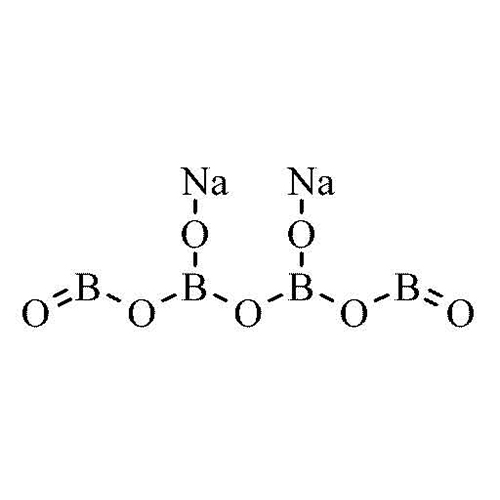All cosmetic manufacturing raw materials available here
Address
No 5 St George Street, Bridgetown, Barbados
Business Hours
Monday - Friday
9 a.m - 5 p.m
Saturday
9 a.m - 4 p.m
Closed

Suppliers of Raw Materials to the soap and cosmetic manufacturing Industry

Borax is a white, powdery, naturally occurring mineral that is also called sodium borate, sodium tetraborate, and dosodium tetraborate. It has been used in cleaning recipes to help boost stain-fighting and grease-cutting power. Many use it to make their own cleaning products, and it’s also found in personal care products like diaper creams, some hand soaps, and some tooth bleaching formulas.
Borax is an irritant, and can hurt your skin and eyes. This is especially true with young children, who may transfer it from their hands to their mouths if they find it nearby, so you want to keep it out of reach.The Environmental Protection Agency states that boric acid and borate salts have low toxicity by the oral and dermal (skin) route. Higher doses, however, have been linked with seizures and convulsions, and infants have been accidentally poisoned by boric acid or borax. Neither has a connection to cancer, however.There was also some evidence in EPA tests that borax and boric acid can cross the placenta, affecting fetal skeletal development and birth weight, but again, this was at high doses. The Material Safety Data Sheet (MSDS) on Borax lists it as “slightly” irritating to skin and eyes, and states that chronic exposure can produce eye irritation, cough, and skin rash. The MSDS rates it as a health hazard of only 1—the same as baking soda and salt.
TOXICOLOGY: Boric acid is well absorbed through the gastrointestinal tract, open wounds, and serous cavities.
MILD TO MODERATE TOXICITY: Nausea, vomiting, diarrhea, and skin erythema with subsequent desquamation are the most common effects from any route of exposure. Nausea and vomiting generally occur early, while dermatologic manifestations are delayed 3 to 5 days after exposure.
SEVERE TOXICITY: Dehydration, hypotension, CNS excitation or depression, lethargy, seizures, coma, acute renal failure, dysrhythmias, and metabolic acidosis have been reported in patients with severe toxicity.
ACUTE EXPOSURE:
A) Significant ingestions or dermal exposures can be associated with weak, rapid pulse, cyanosis and hypotension. The patient may present with hypothermia, hyperthermia or normal body temperature.
REPRODUCTIVE HAZARDS:
A) There is insufficient information concerning the reproductive effects of borates in humans. However, in one recent study of male workers exposed to boron, no unfavorable effects on reproductivity were observed. Adverse testicular effects and infertility have been reported in animals.
To provide high quality raw materials at an affordable price to the Cosmetic manufacturing industry
All cosmetic manufacturing raw materials available here
Business Hours
Monday - Friday
9 a.m - 5 p.m
Saturday
9 a.m - 4 p.m
Closed